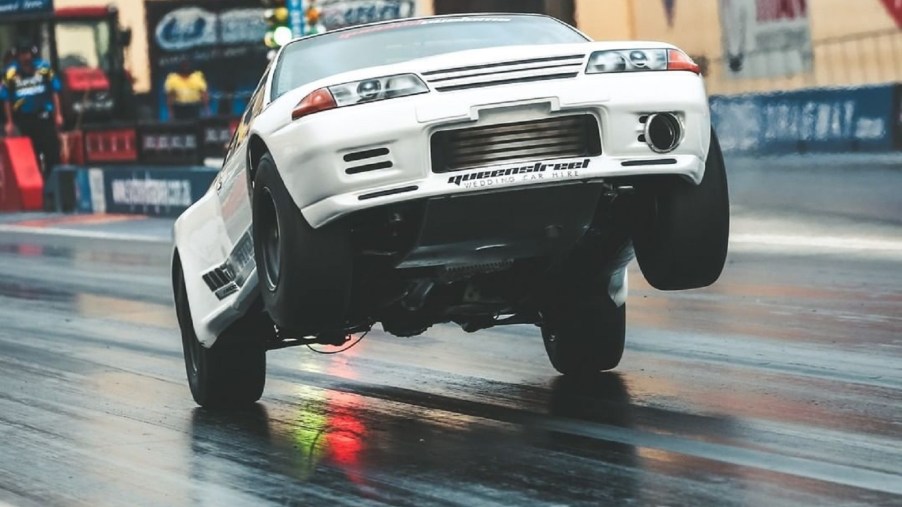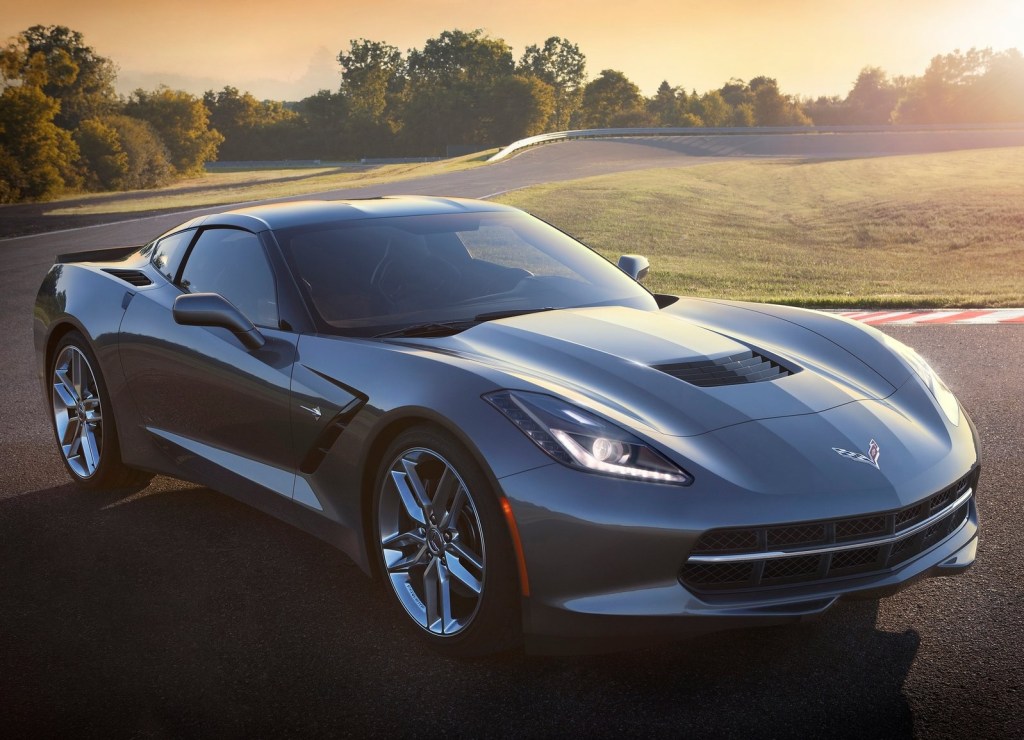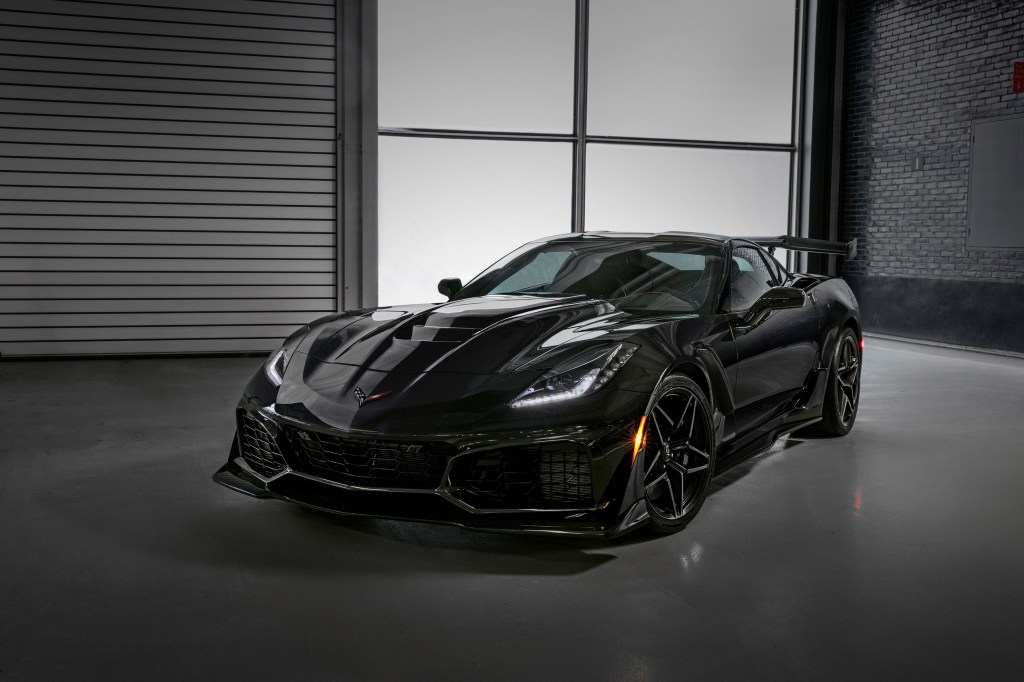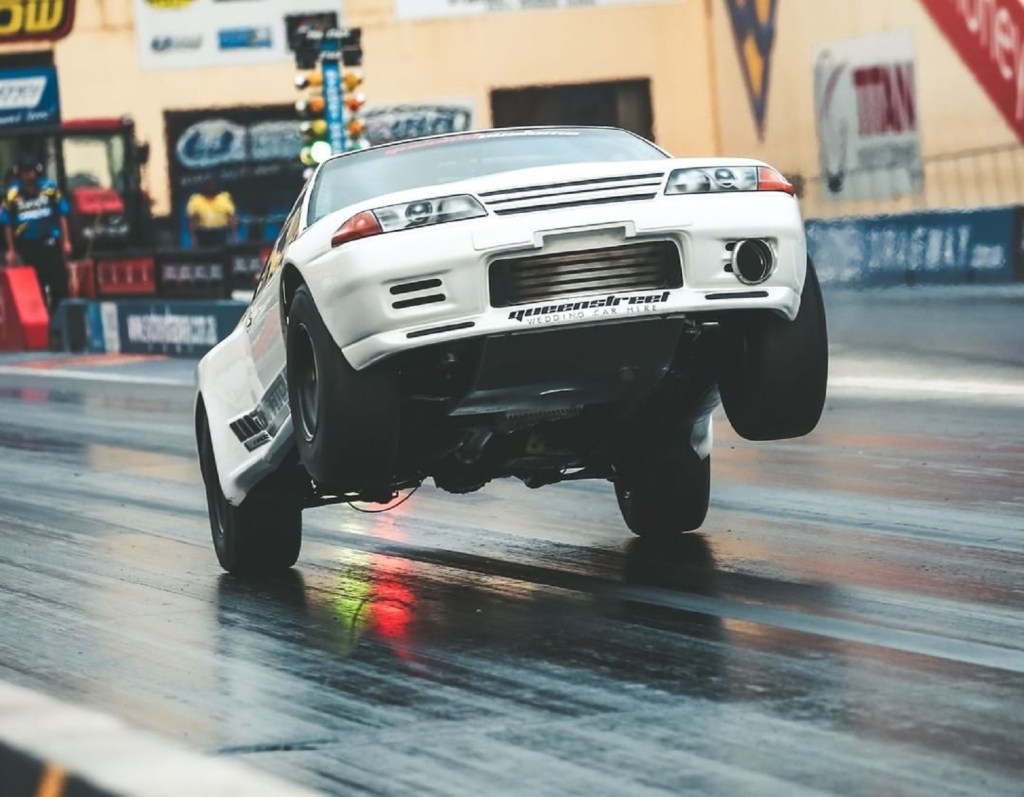
What’s the Fastest 0-60 Time Possible in a Road Car?
From turbos to lightweight components, there are plenty of modifications enthusiasts install in the pursuit of speed. And no matter what you drive, one number that constantly comes up is the 0-60 time. Over the years, that number has consistently tumbled, especially once electric cars came into the mix. But is there a limit to how short a road car’s 0-60 time can be?
The fastest 0-60 time estimates
Engineering Explained’s Jason Fenske attempted to tackle the question of the fastest 0-60 time possible for a road car. Only instead of starting from horsepower or weight, he used braking distances.
This is actually a somewhat reasonable starting point. Braking doesn’t just depend on the size of your pads or rotors but on available traction. It’s why braking distances increase in wet and snowy weather: less friction between the road and your tires. Theoretically, the maximum amount of braking friction happens when the car’s about to lock up. And if you want to maximize traction, you need all-wheel drive.

In his video, Fenske reports a Chevrolet Corvette C7 Stingray has the shortest 60-0 braking distance: 90 feet. Which, using acceleration equations, works out to a theoretical 0-60 time of 2.05 seconds.

But let’s see if a newer car can do any better. Car and Driver runs a 70-0 braking test, rather than 60-0. However, Fenske’s equations can still be used. The best braking car Car and Driver has tested, as of this writing, is the 2019 Chevrolet Corvette ZR1, which stopped in 127 feet. Which, using Fenske’s equation, works out to a 0-60 time of 2.12 seconds.
2 seconds, it seems, is about the limit for a road car’s 0-60 time. And there is some physical evidence to support this. For example, with 1479 horsepower and AWD, the $3.5 million Bugatti Chiron Pur Sport has a 2.3-second 0-60 time, Motor Trend reports.
Then there’s the Czinger 21C, which can allegedly go 0-60 in under 2 seconds, Road & Track reports. However, to do so requires 2 electric motors and a 2.9-liter twin-turbocharged V8, with a combined output of 1250 horsepower. And the fact that, in track form, it weighs 2685 pounds, MT reports.
Why 0-60 times don’t necessarily translate to the street
But, if 2 seconds is roughly where physics limits 0-60 times, why did a 1500-hp Honda Civic recently accelerate faster? The Drive reports the heavily-modified coupe managed to go 0-60 in 1.1 seconds at the 2020 Haltech World Cup Finals. And Fenske himself reports quite a few race cars and drag racers can accelerate just as fast, if not faster.
But there are a few reasons why race cars can breach the hypothetical 2-second 0-60 limit. Firstly, they use different tires than road cars. Unless they’re for wet weather, race tires don’t have treads or grooves. Instead, they’re basically wide, flat, sticky slabs of rubber. More rubber hitting the pavement means more grip, which means faster acceleration. Excellent for a groomed racetrack, but less than ideal for the street.
Secondly, the surface of a race track is often grippier than normal pavement. That’s especially the case with drag strips, which are specially-prepped to be extremely sticky. So much so, that onlookers can get stuck to them, The Drive reports.

It’s only thanks to this prepped surface that the most-powerful Dodge Challengers can deliver those impressive 0-60 and ¼-mile times. The same goes for the world-record-holding R32 Skyline GT-R, and that 1500-hp Civic.
But even taking all this into account, it’s unlikely the average driver will be able to replicate published 0-60 times. Plus, 0-60 times themselves can be an imperfect performance yardstick.
Do these times actually matter?
Modern launch control systems have made 0-60 testing a bit easier, R&T reports. However, if you’re trying to take off quickly from a stoplight, how often do you use launch control? It may be a feature, but realistically, it’s more of a gimmick. At least on the street.
But launch control is practically a necessity to get the best performance out of a turbocharged car. Turbos add power, but they also come with lag. Without the boost, veteran journalist Jason Cammisa explained on The Smoking Tire podcast (video below—spicy language), they’re no faster than the equivalent naturally-aspirated car.
Then there’s the matter of the manual. To truly get the best 0-60 time, publications basically abuse the cars’ transmissions and powertrains. Very few people do that to their own cars.
Instead, a better performance indicator is the 5-60 test. It eliminates launch control to better-simulate real-world conditions, such as highway passing. Plus, it’s gentler on the clutch and transmission.
Follow more updates from MotorBiscuit on our Facebook page.


